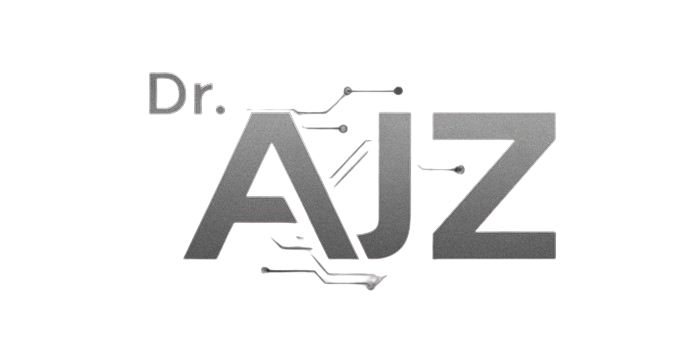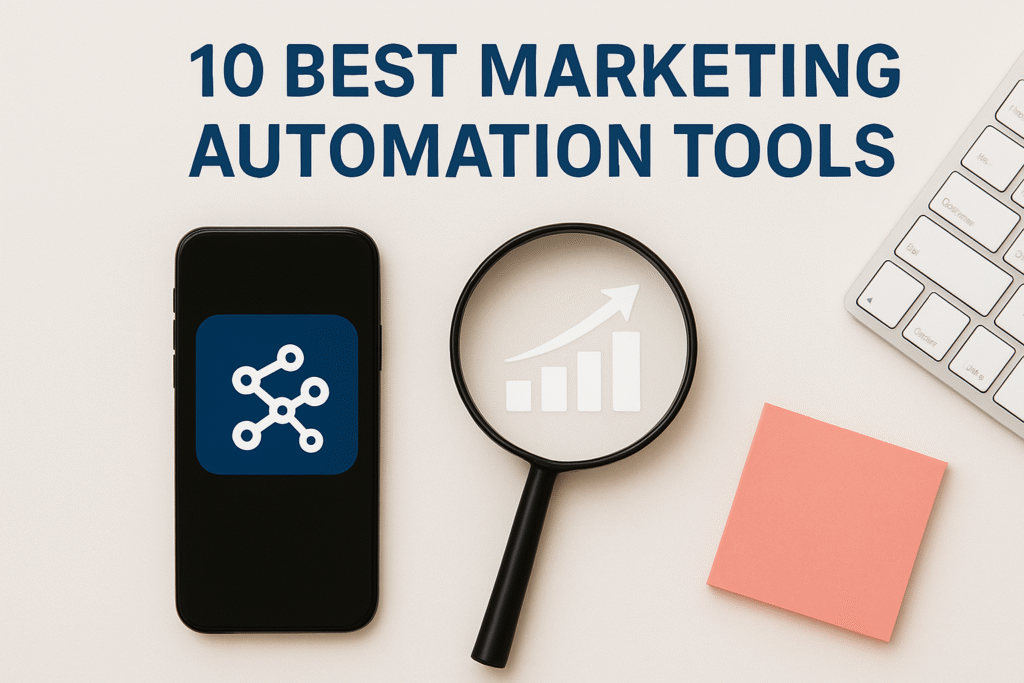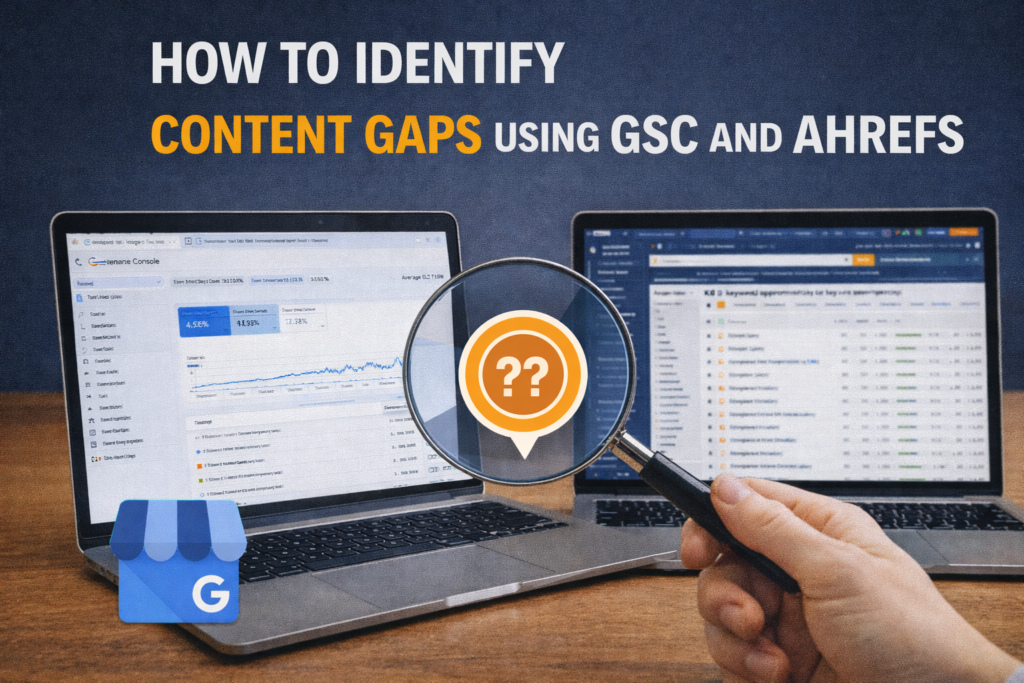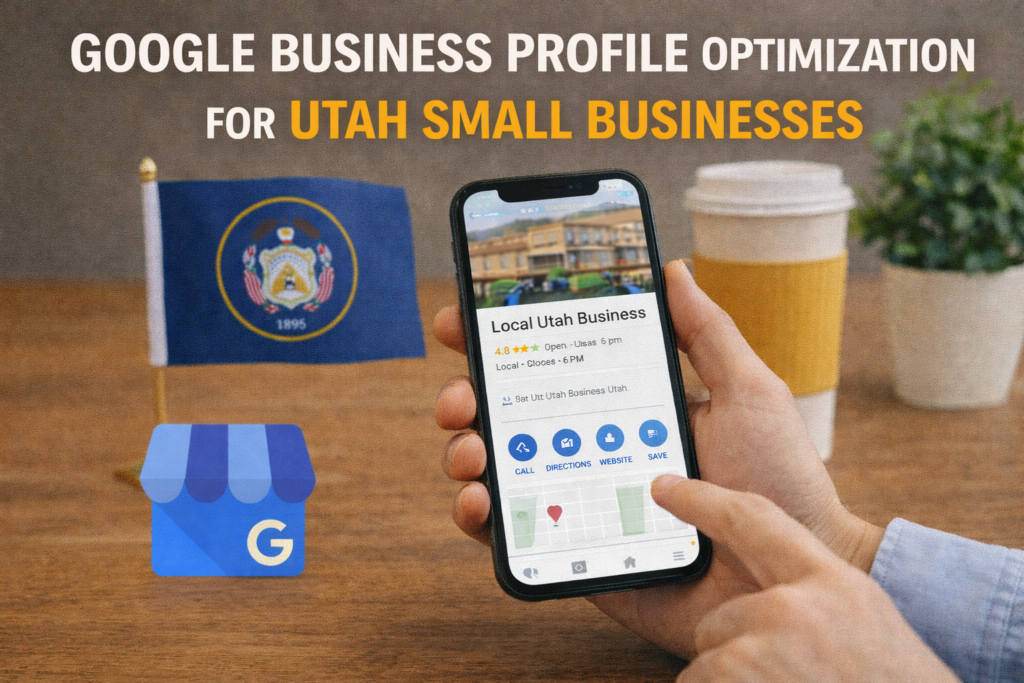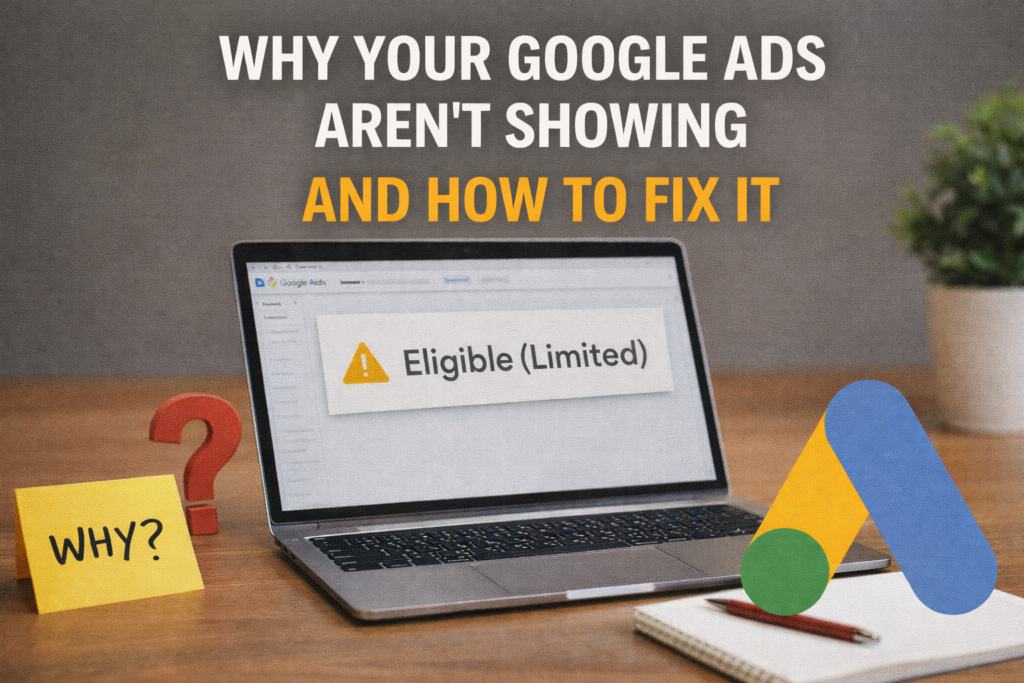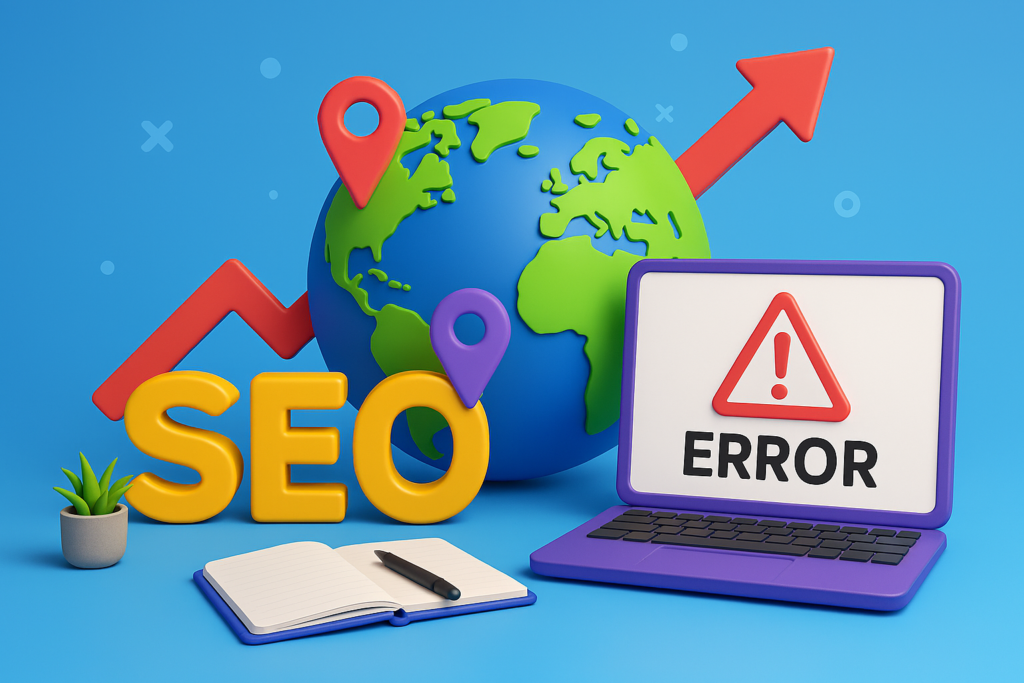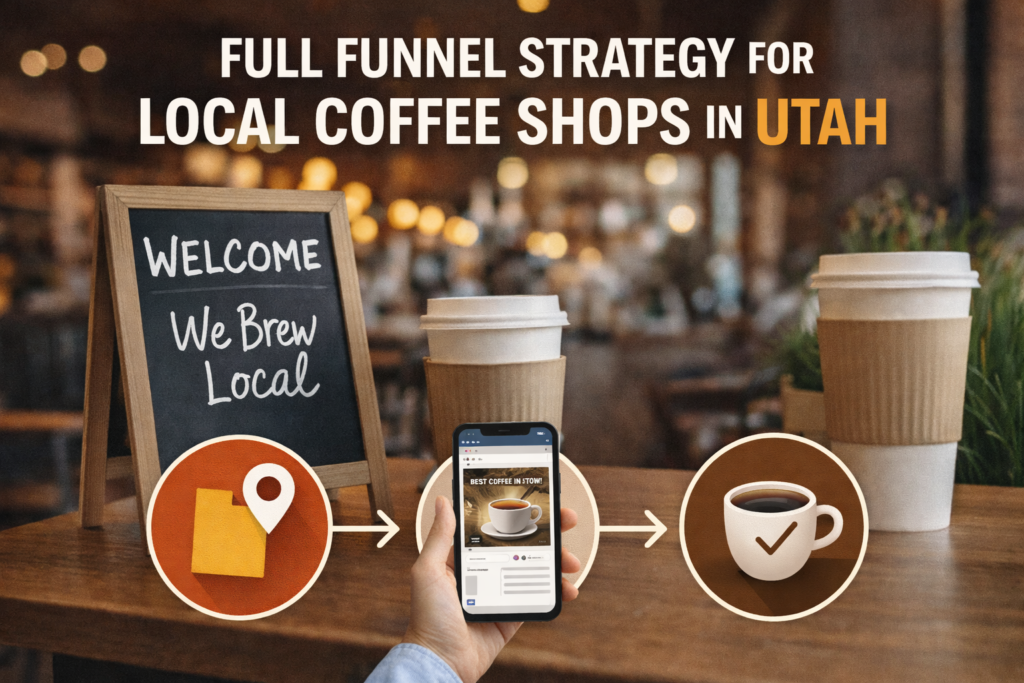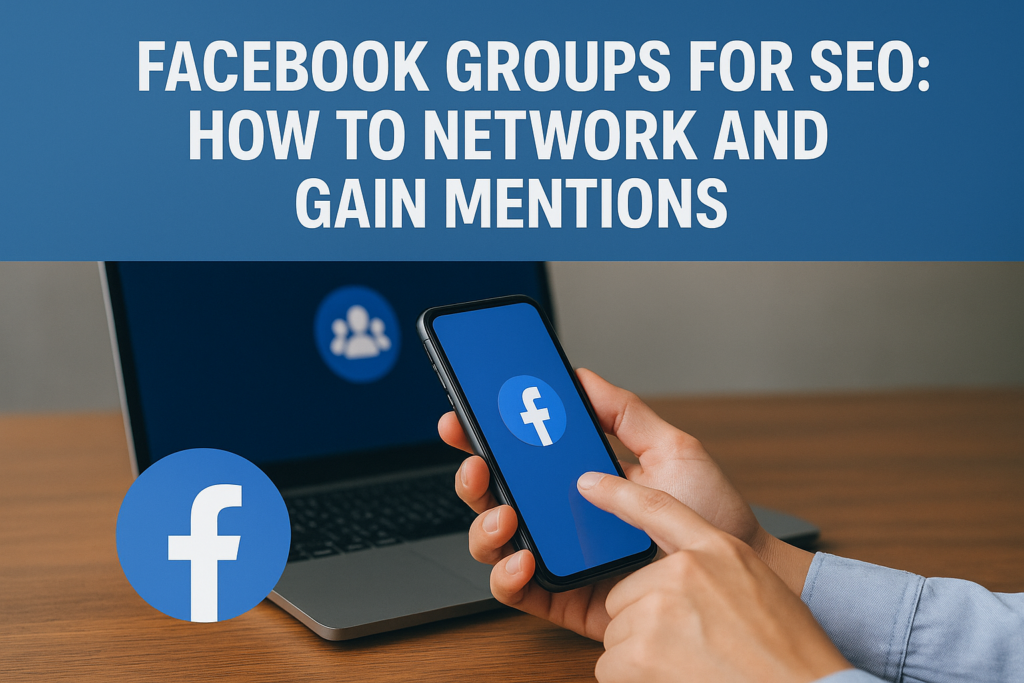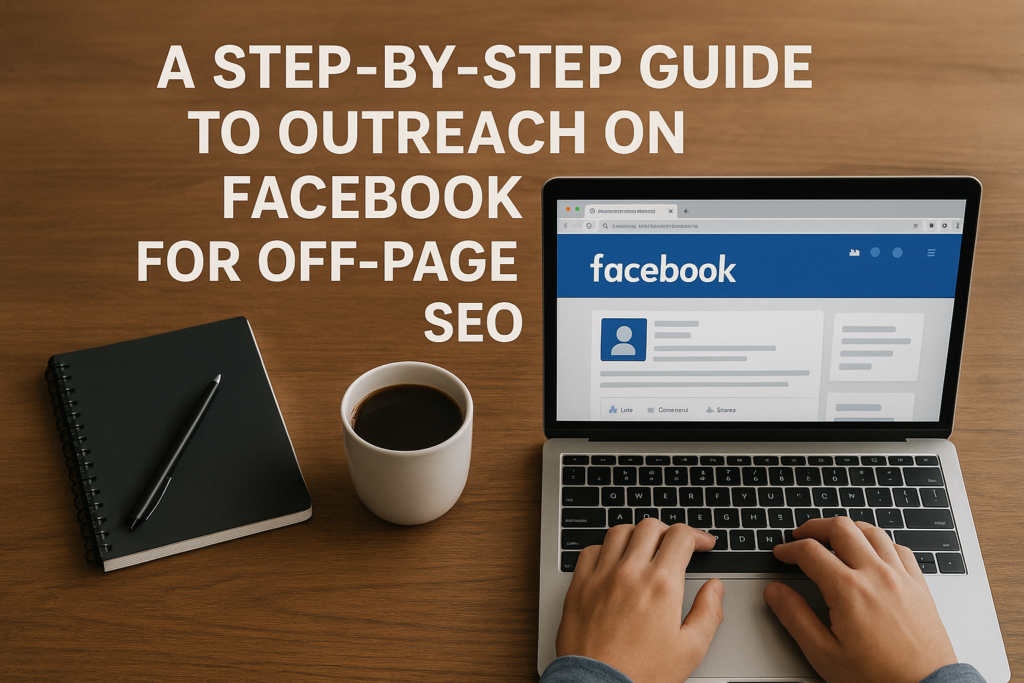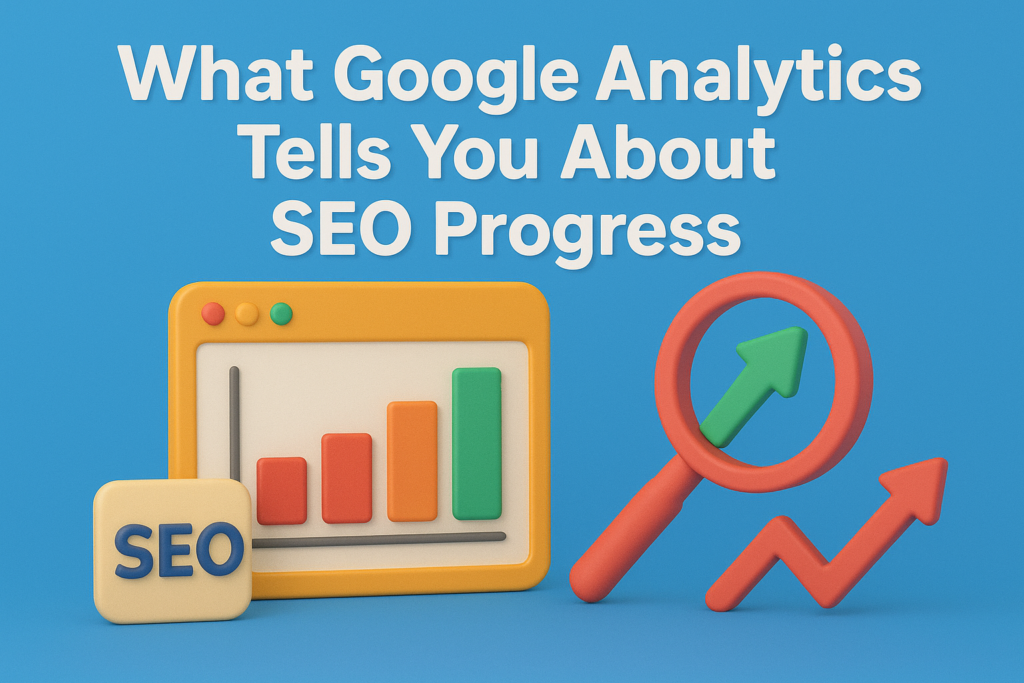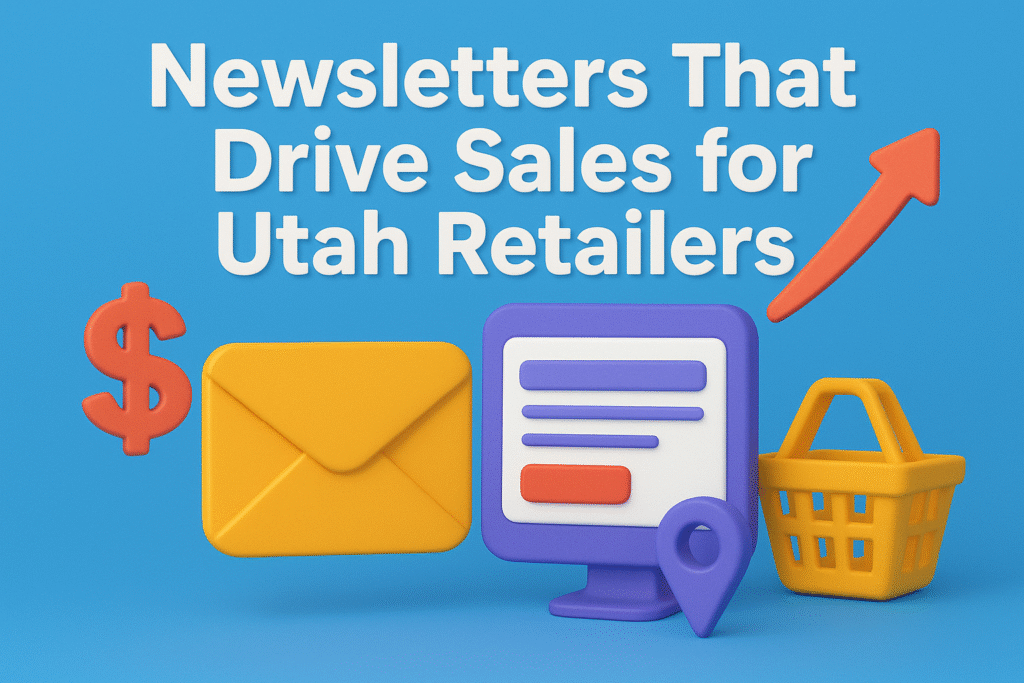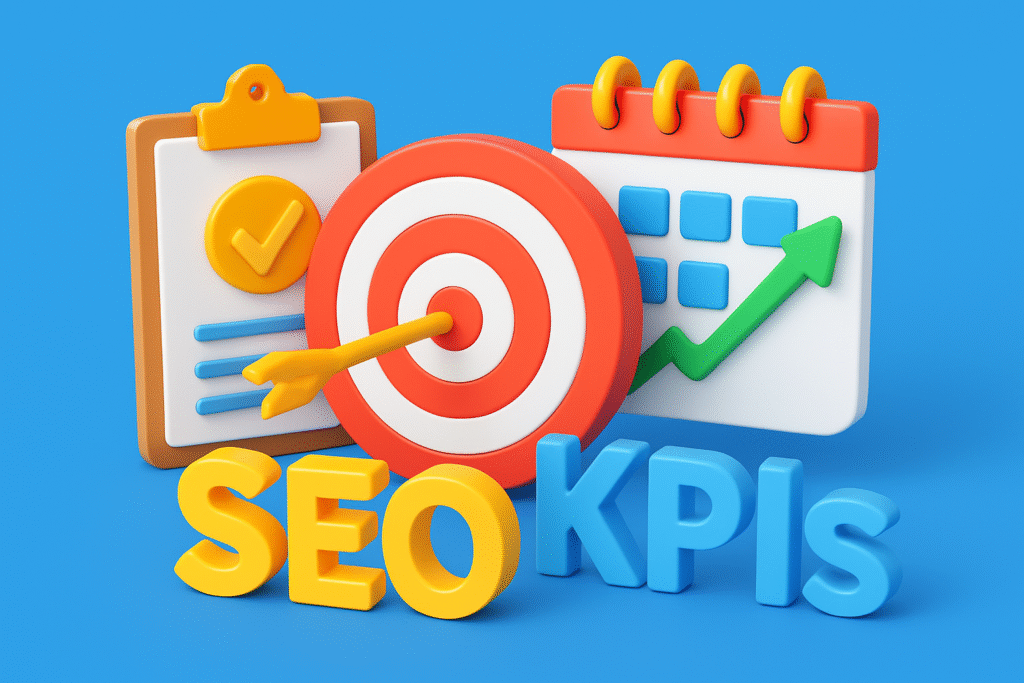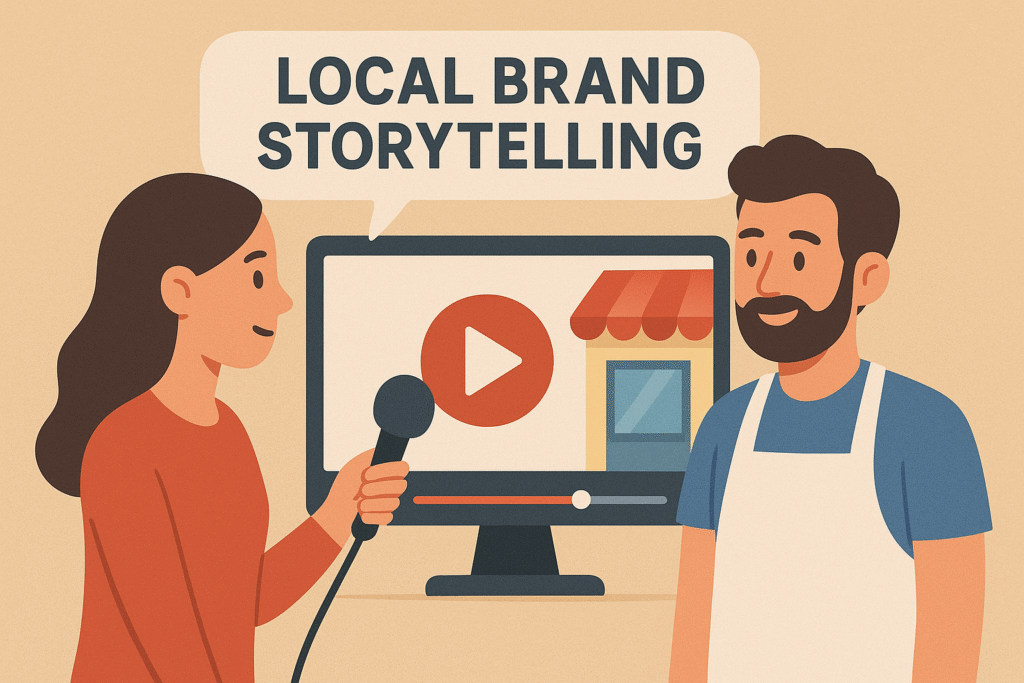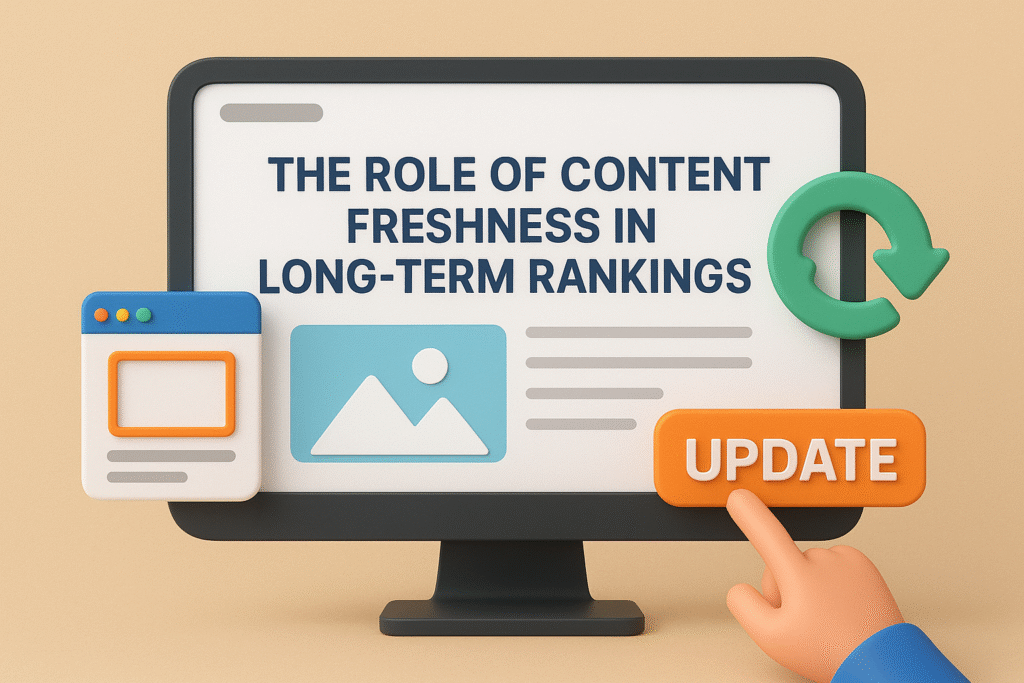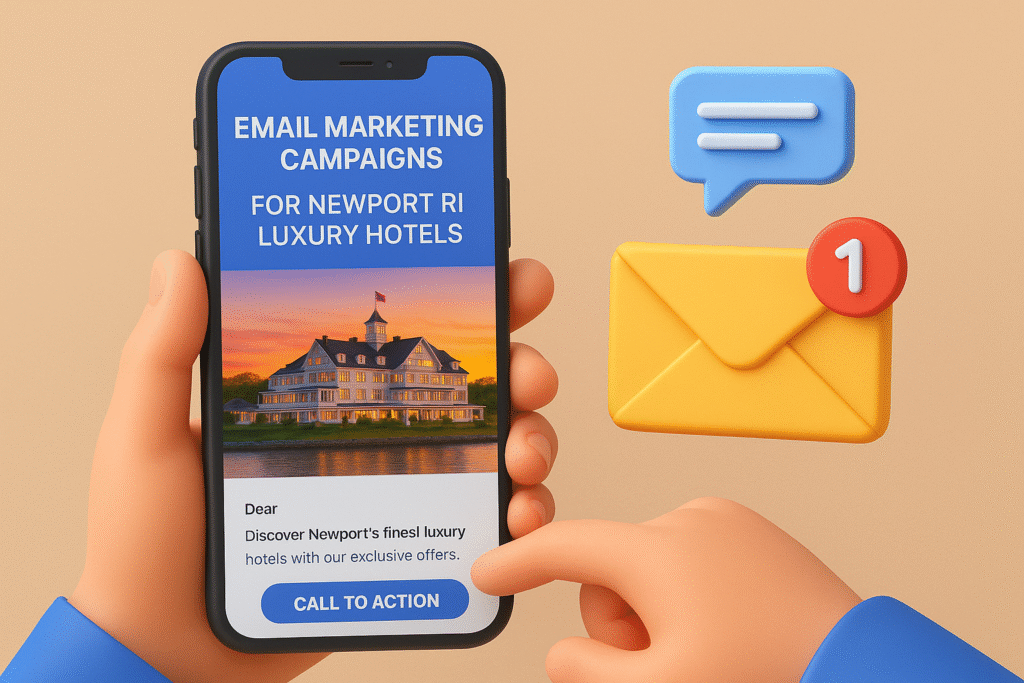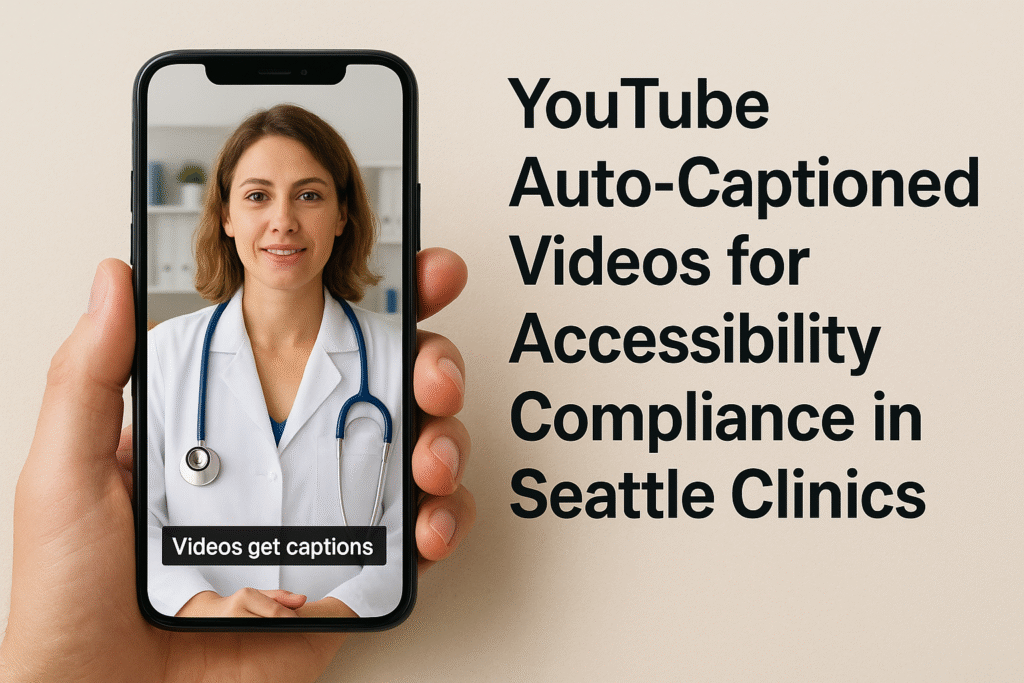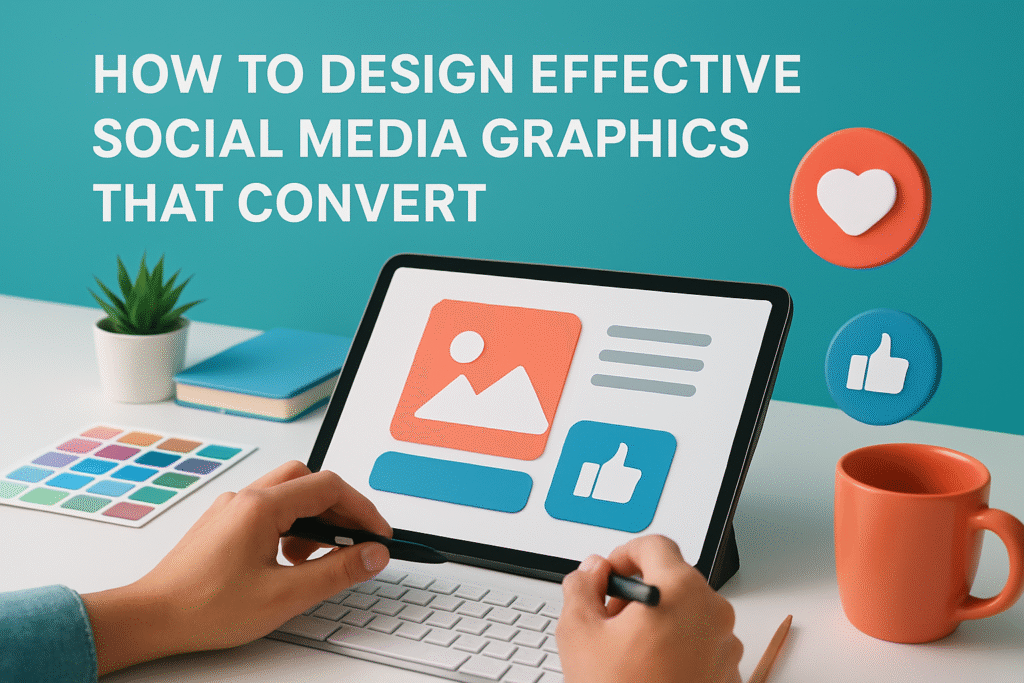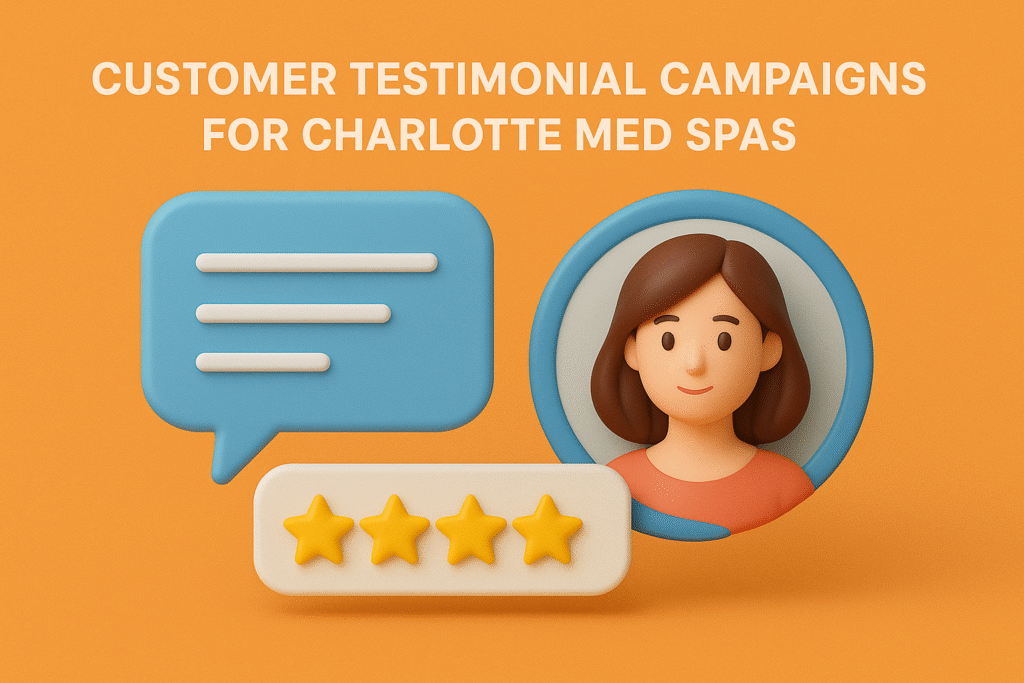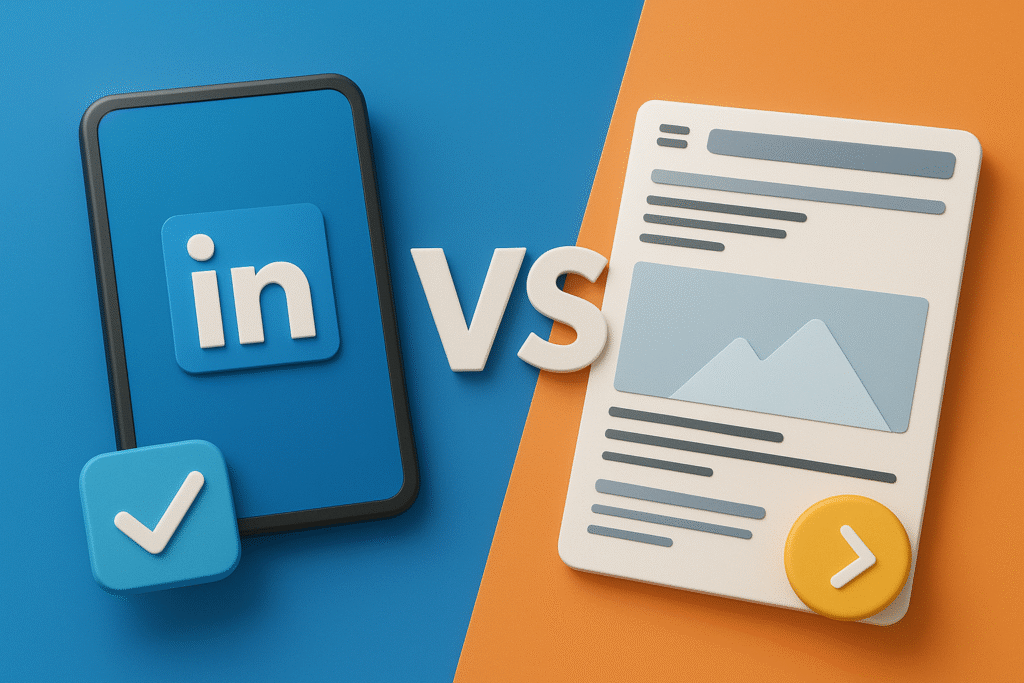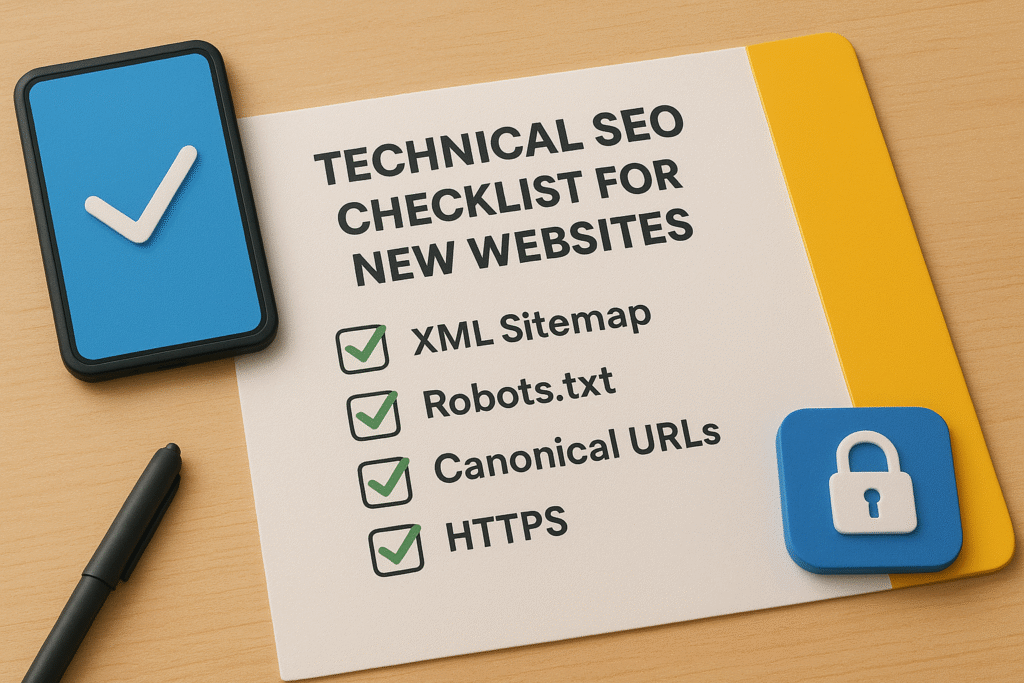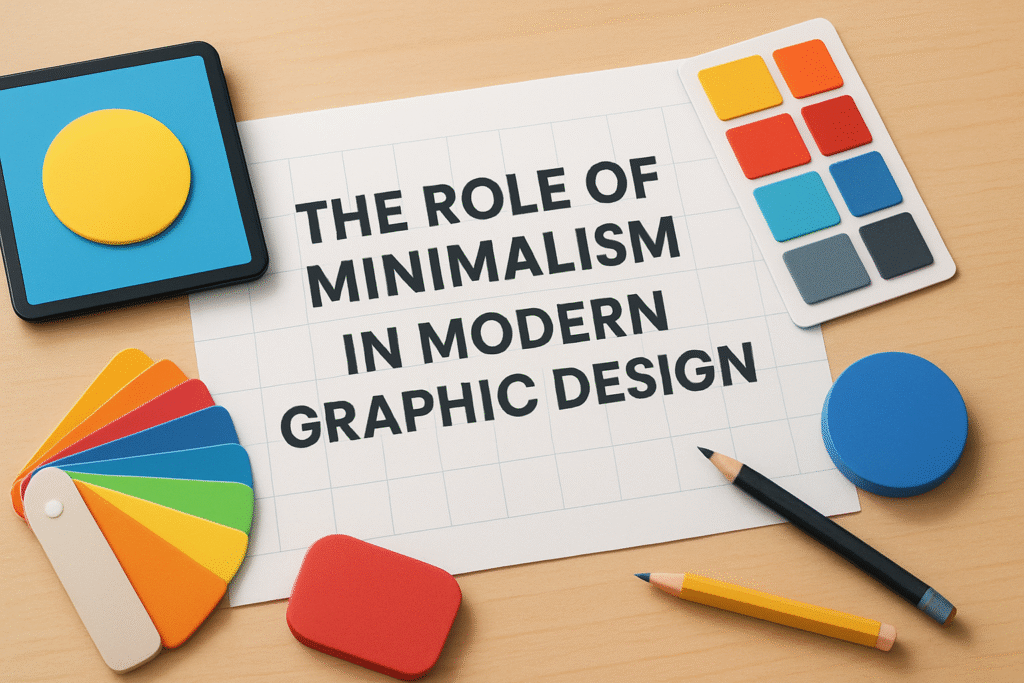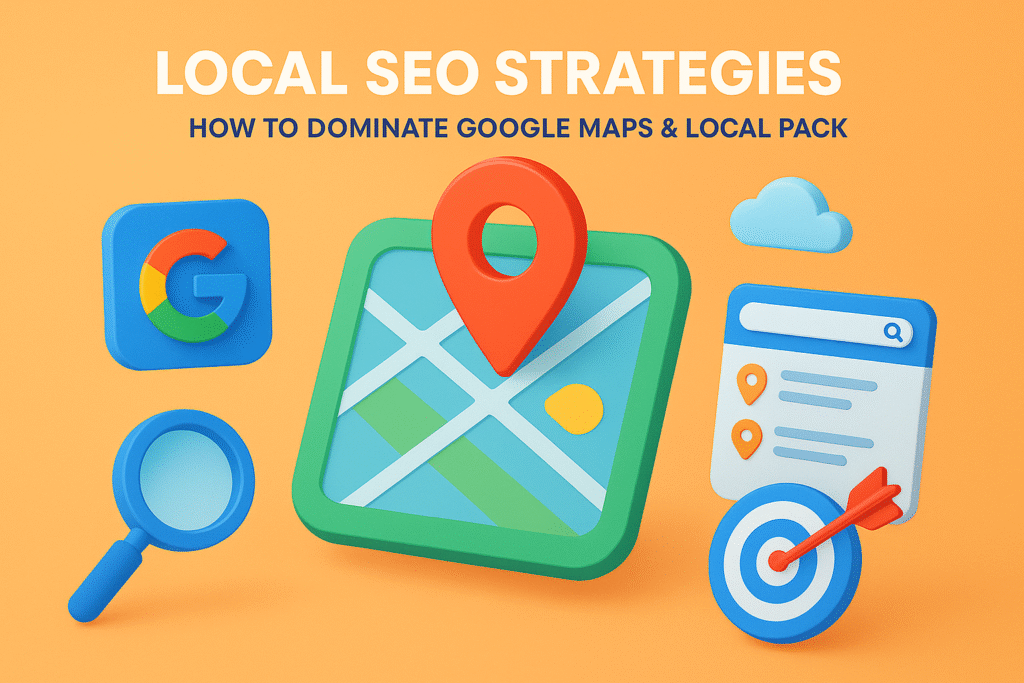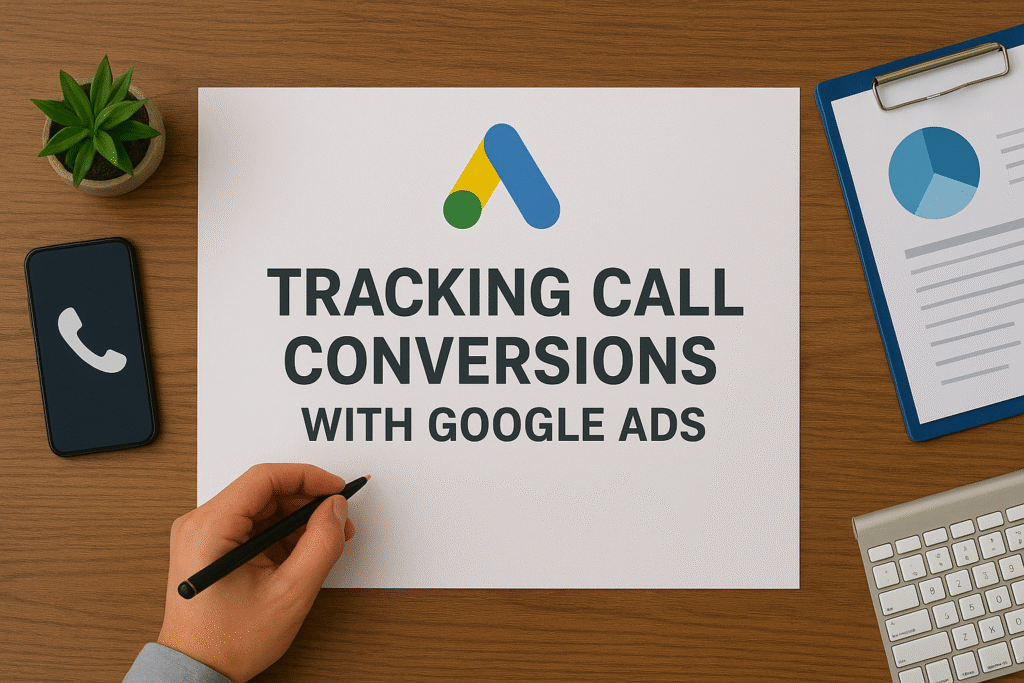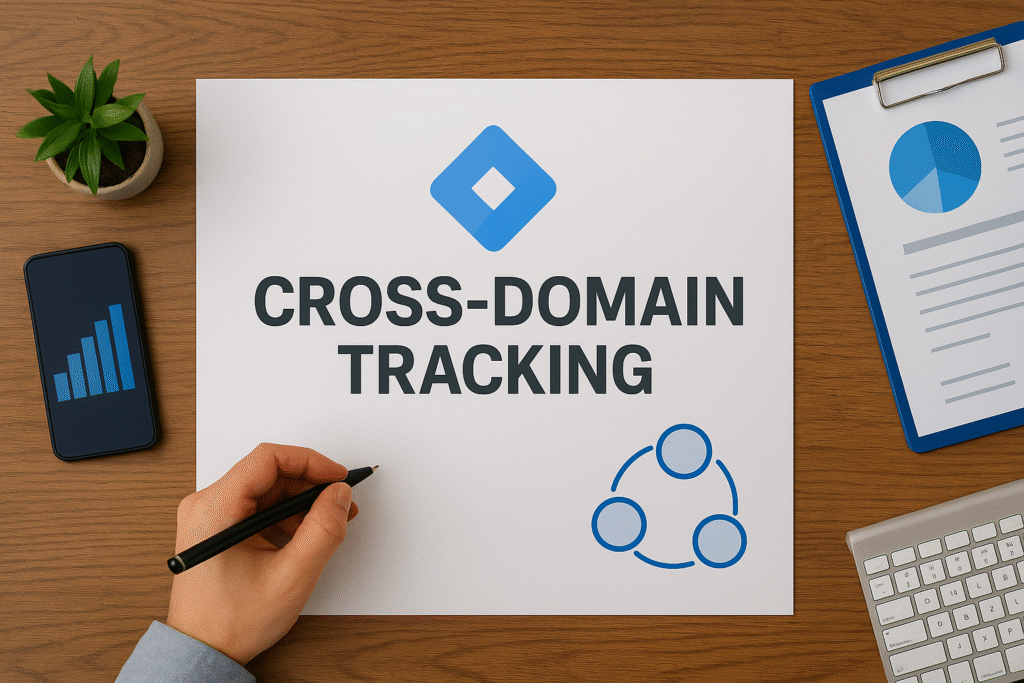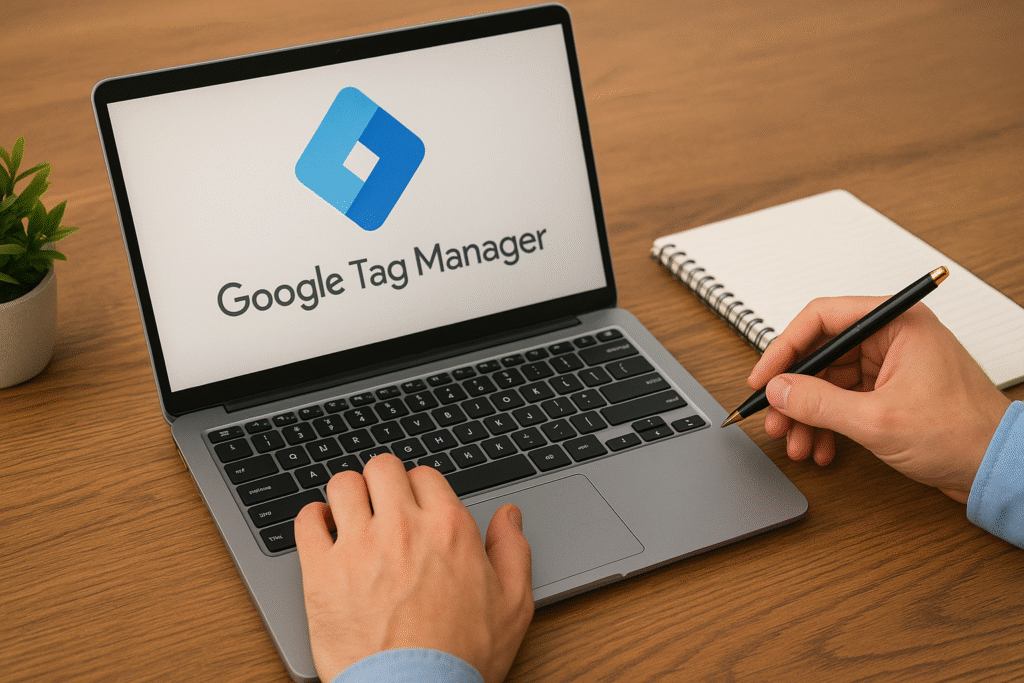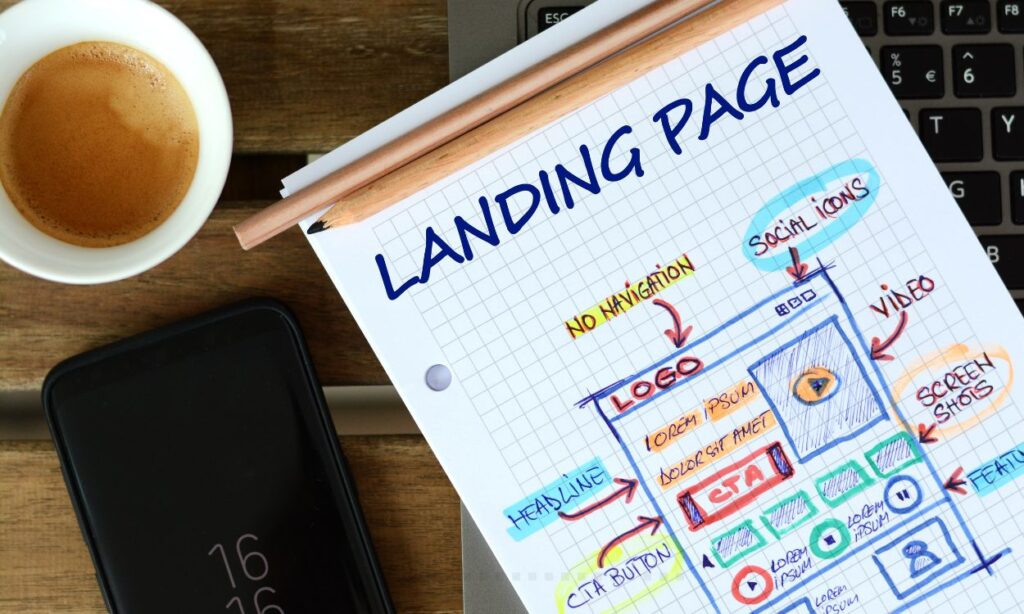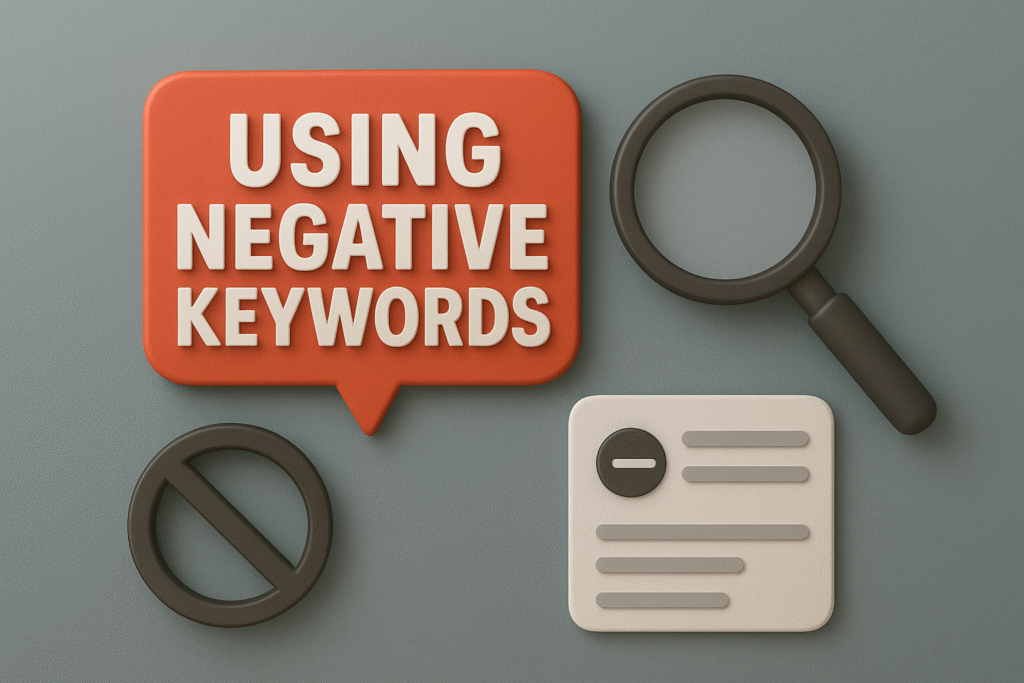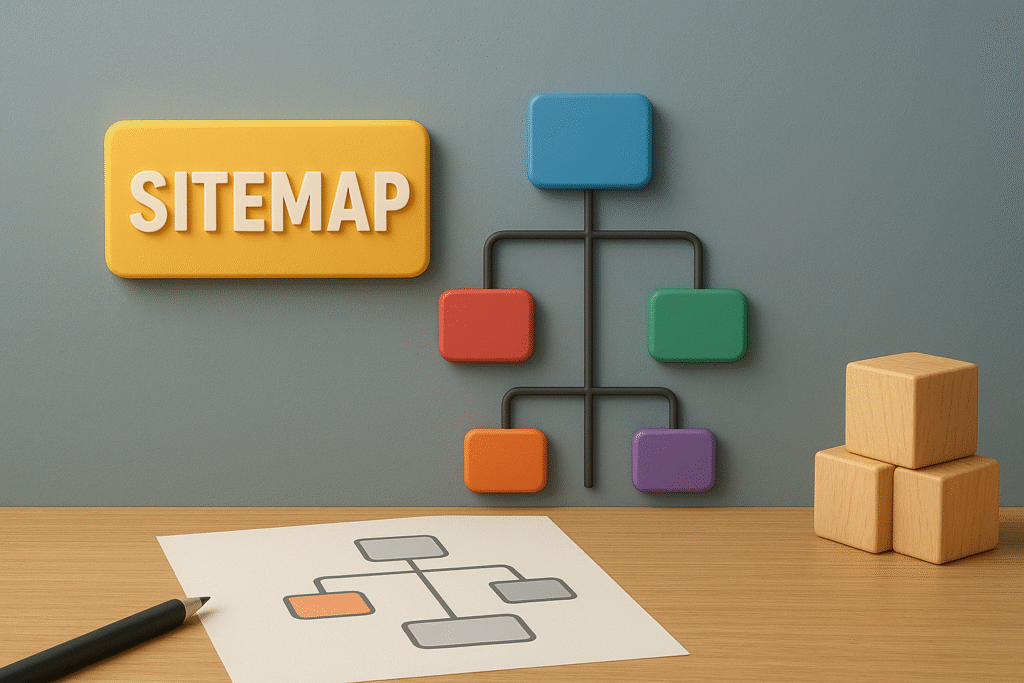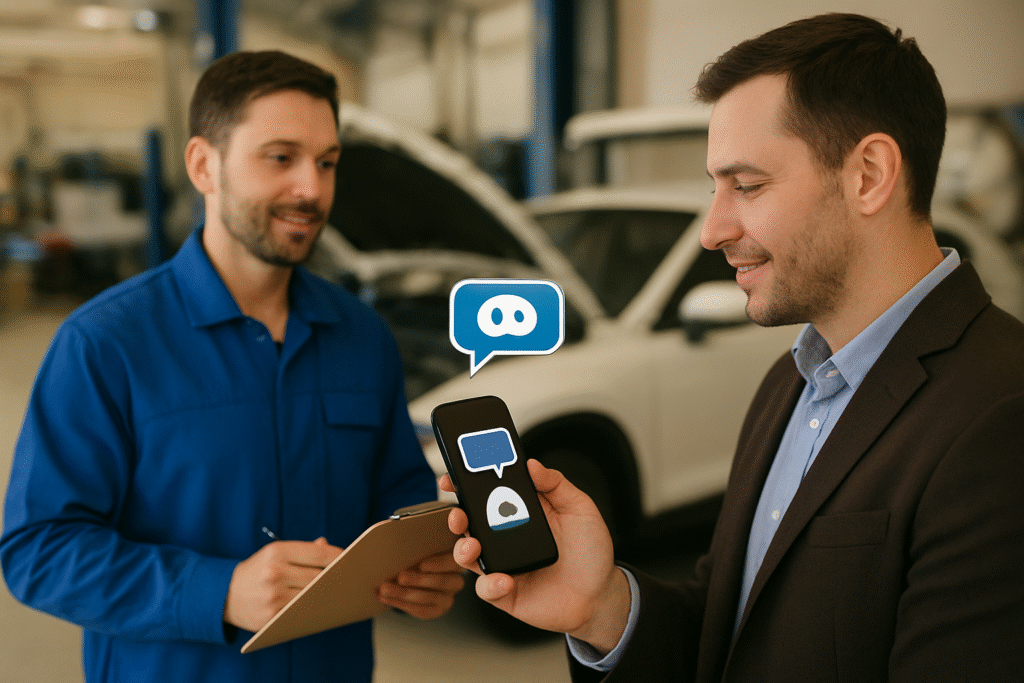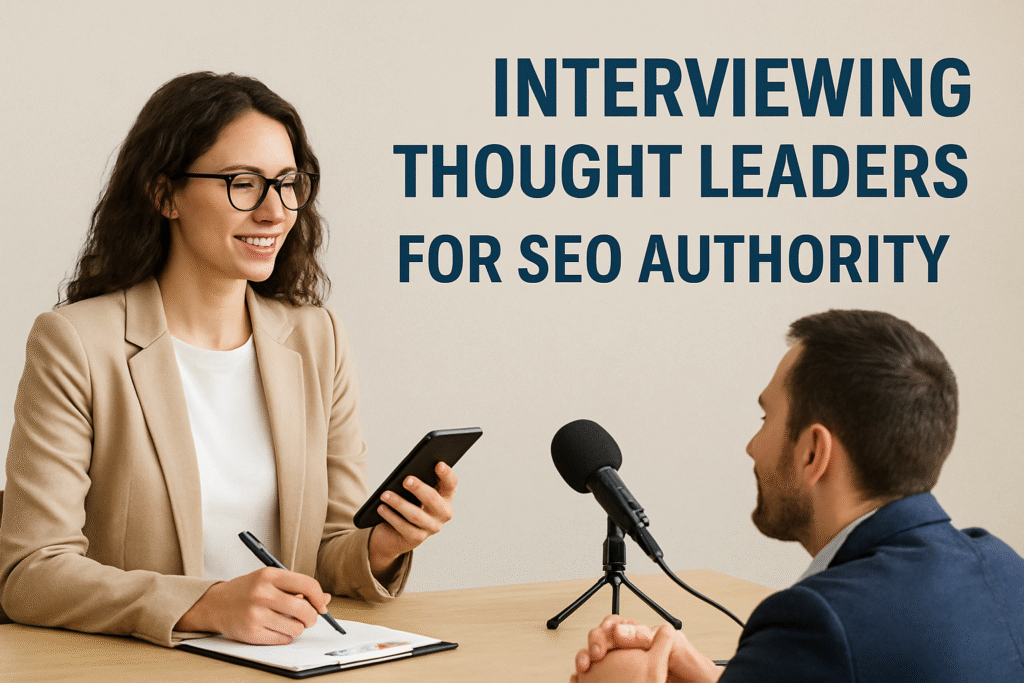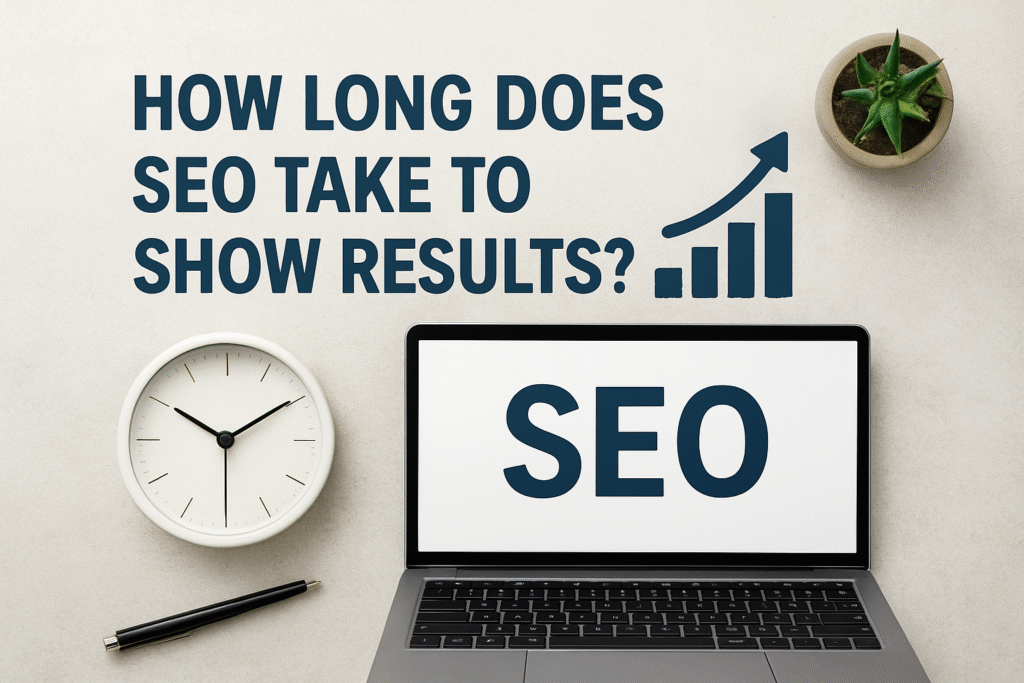Marketing in 2025 looks and feels different — AI-driven personalization, omnichannel orchestration, and real-time journey optimization are table stakes. If your goal is to scale smarter without adding headcount, marketing automation is the lever. Below I’ll walk you through the 10 best marketing automation tools for businesses in 2025, why they matter, who they’re best for, and how to pick the right one for your stack.
Why automation is non-negotiable in 2025
Customers expect relevant messages at the right moment, across channels. That expectation is powered by data and delivered by automation: automated emails based on behavior, SMS flows after cart abandonment, AI-suggested subject lines, and cross-device push messages that follow users through the experience. Put simply — automation lets teams deliver relevance at scale while freeing humans for strategy and creativity. Recent industry guides show top platforms leaning hard into AI, integrations, and omnichannel messaging — the same trends you should be leveraging. (TechRadar, Zapier)
The list — quick overview (at-a-glance)
- HubSpot Marketing Hub — Best all-in-one for growing teams. (TechRadar)
- ActiveCampaign — Best for advanced automations on a budget. (Zapier)
- Adobe Marketo Engage — Enterprise ABM and deep personalization. (The Munro Agency)
- Salesforce Pardot (Account Engagement) — Best for B2B teams already in Salesforce. (The Munro Agency)
- Klaviyo — E-commerce and retail automation powerhouse. (DigitalOcean)
- Mailchimp — Evolved email + multi-channel for small businesses. (TechRadar)
- Brevo (formerly Sendinblue) — Budget-friendly multi-channel automation. (CausalFunnel)
- Omnisend — Purpose-built e-commerce automation (email + SMS + push). (TechRadar)
- Zoho Marketing Automation — Affordable, great if you’re in the Zoho ecosystem. (Gartner)
- MoEngage — Mobile-first, omnichannel engagement and real-time orchestration. (Gartner, Leadfeeder)
Below I expand on each — features, strengths, and which teams should consider them.
1. HubSpot Marketing Hub
Best for: Teams that want a single, scalable platform with CRM-first automation.
HubSpot combines email workflows, lead scoring, landing pages, and deep CRM integration with a friendly UI. For companies that want marketing, sales, and service in one ecosystem — plus an expanding AI toolkit for content and optimization — HubSpot remains a top pick. Its pricing tiers scale as needs grow, which makes it popular among agencies and growing in-house teams. (TechRadar)
2. ActiveCampaign
Best for: Small-to-midsize teams that need sophisticated automations without enterprise complexity.
ActiveCampaign shines with visual automation builders, predictive sending, and strong app integrations. It’s ideal if you want advanced behavior-based flows, conditional logic, and a good CRM built into the automation experience. Marketers often choose ActiveCampaign for its blend of power and price. (Zapier)
3. Adobe Marketo Engage
Best for: Enterprises and B2B organizations that require ABM and deep personalization.
Marketo’s strengths are account-based workflows, mature analytics, and content optimization — all backed by Adobe’s Sensei AI. If you’re running complex multi-touch B2B programs, Marketo gives you the tools to score, route, and nurture accounts intelligently. It’s an investment but pays off for enterprise-scale demand generation programs. (The Munro Agency)
4. Salesforce Pardot (Account Engagement)
Best for: B2B companies fully invested in Salesforce CRM.
Pardot (now referred to as Account Engagement) is tightly integrated into Salesforce, providing lead lifecycle automation, ROI reporting, and Einstein-powered insights. For RevOps teams that need seamless sales-marketing alignment inside the Salesforce ecosystem, Pardot remains a top choice. (The Munro Agency)
5. Klaviyo
Best for: E-commerce and retail brands that rely on email + SMS personalization.
Klaviyo is built for commerce: real-time customer data, pre-built e-commerce integrations (Shopify, BigCommerce), and predictive modeling (CLTV, next-best product) make it a go-to for growth-stage retailers. If you run product-centric campaigns and want hyper-relevant flows, Klaviyo is built for this world. (DigitalOcean)
6. Mailchimp
Best for: Small businesses and creators who want simple automation plus marketing assets.
Mailchimp has evolved beyond basic email scheduling into an automation suite with landing pages, ad retargeting, and content tools. If you’re starting out or need a low-friction solution with familiar tools, Mailchimp remains reliable and accessible. (TechRadar)
7. Brevo (formerly Sendinblue)
Best for: Budget-conscious teams that need email + SMS + chat.
Brevo delivers multichannel automation at an approachable price. It includes transactional messaging, marketing automation, and a simple workflow builder — excellent for small businesses or global teams that need SMS and email without complexity. (CausalFunnel)
8. Omnisend
Best for: E-commerce teams who want email + SMS + push in templated automation flows.
Omnisend makes it fast to build product-centric flows (cart abandonment, browse abandonment, post-purchase). If you want an easy setup and templates optimized for conversions, Omnisend is purpose-built for that. (TechRadar)
9. Zoho Marketing Automation
Best for: Teams already using Zoho apps that want integrated, budget-friendly automation.
Zoho offers campaign orchestration, lead scoring, analytics, and AI behavior predictions — and it plugs into a growing set of Zoho business apps. It’s a great value play for businesses in the Zoho ecosystem or those seeking a lower cost of entry. (Gartner)
10. MoEngage
Best for: Mobile-first brands and teams that need real-time orchestration across devices.
MoEngage focuses on app and mobile engagement: in-app messages, push, email, WhatsApp, and powerful personalization backed by AI. If your audience lives in apps or you need event-driven journeys, MoEngage is engineered for that scale. (Leadfeeder, Gartner)
How to choose — practical checklist
Pick the platform that aligns with three things: business model, current tech stack, and team capacity.
- Business model: E-commerce? Prioritize Klaviyo/Omnisend. B2B? Consider Marketo/Pardot.
- Tech stack: Are you in Salesforce or Zoho? Choose a vendor that minimizes integration friction. (The Munro Agency, Gartner)
- Team capacity: Do you have a CRM admin and martech engineer, or a 1-person marketing team? Complexity demands resources — don’t overbuy.
- AI needs: If predictive personalization matters, evaluate AI features and explainability.
- Pricing & ROI: Run a quick pilot, measure conversion lift, and model ROI before committing.
Implementation tips — speed up time-to-value
- Start with one high-impact use case (cart recovery, lead nurture, or welcome sequence).
- Map your customer journey and identify event triggers.
- Keep segments actionable and few — 5–10 high-value segments beat 50 noisy ones.
- Measure: open rate, click rate, conversion rate, and downstream revenue (LTV uplift).
- Iterate with A/B tests and use AI features to optimize subject lines, send times, and content blocks. Many platform overviews (including recent 2025 roundups) emphasize pilots and testing as the fastest path to ROI. (TechRadar, Zapier)
Real-world examples (brief)
- A DTC brand increased repeat purchase rate by using Klaviyo’s predicted CLTV segments to target high-value lapsed customers. (DigitalOcean)
- A B2B SaaS company used Marketo + Adobe Sensei to personalize content by account tier, improving lead-to-opportunity conversion rates. (The Munro Agency)
Final takeaway
The 10 Best Marketing Automation Tools for Businesses in 2025 are built around three pillars: AI-driven personalization, omnichannel orchestration, and deep integrations. There’s no single “best” tool for every business — the right choice depends on your industry (B2B vs. e-commerce), your existing tech stack, and your team’s bandwidth. Start with one measurable use case, pick a tool that fits your stack, and treat automation as an iterative program — not a one-off project. The platforms above represent market leaders and practical choices for 2025, each with strengths that map to common business needs. (TechRadar, Zapier)
FAQs
Q: Which tool is best for a small e-commerce store on Shopify?
A: Klaviyo or Omnisend — both offer tight Shopify integrations, behavior-based flows, and SMS + email orchestration. (DigitalOcean, TechRadar)
Q: I use Salesforce — which tool integrates best?
A: Pardot (Account Engagement) is built for Salesforce; it provides seamless data sync and reporting inside the Salesforce environment. (The Munro Agency)
Q: Are these platforms expensive?
A: Pricing varies widely. Mailchimp, Brevo, and Omnisend are often friendlier for small teams; Marketo and Pardot target enterprise budgets. Always pilot with a clear ROI model. (TechRadar, CausalFunnel)
Q: How long to see results from automation?
A: You can see meaningful lift from targeted automations (welcome flows, cart recovery) in 4–8 weeks if setup and segmentation are done well. Measure revenue per flow, not just open rates.
Useful links & further reading
- TechRadar guide to online marketing services (2025). (TechRadar)
- Zapier roundup of marketing automation tools. (Zapier)
- DigitalOcean’s marketing automation tool guide. (DigitalOcean)
